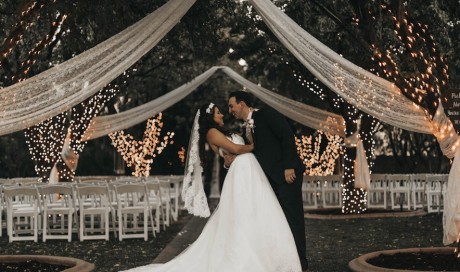3.Practice with a friend
After a few lessons, it's time to do some longer-term practice. You could just buy enough practice with the school, but it's cheaper to practice with a friend. Drive Rite recommends this extra practice for learning to handle a variety of locations, passengers, and cars that handle differently.
You don't actually need a friend with a car . What you need is a friend with a license who's willing to take on the risk of driving around a rental with you. A daily rental is still cheaper than several hours of lessons, but letting an unlicensed driver behind the wheel is against the terms of any major car rental or car sharing service, and if you get in an accident you'll be in big trouble. Zipcar, for example, doesn't pay damages for accidents from any non-member, licensed or not-plus they'll revoke your friend's membership. So only try this if you and your friend are confident in your abilities, and stay as far as possible from heavy traffic or any accident-prone location.
If none of your friends are game, post on Craigslist or TaskRabbit and pay someone to let you practice in their car. Let them know you've already practiced with an instructor.
While you're driving around, stop by the test location and get familiar with the road. See if there are unusually narrow streets, tough turns, or poorly marked roads. You want to feel as comfortable driving here as you are anywhere.
In each state (and certain municipalities) the learner's permit will restrict different variables like where and when you drive, whether you can use a hands-free mobile device, or who else can ride along. Some are important, others less so. In New York City, learners are technically only supposed to drive in cars with an instructor's brake, but you won't hear about that rule unless you dig into a PDF linked from a sidebar on the DMV site, and it's pretty much universally ignored.
4.Take your test
In every state, you'll finish by actually driving a car with an examiner in the passenger seat. In some states you'll use the examiner's car; in others you'll need to borrow one from your friend or driving school.
If you have the option, schedule your test for the best weather possible. Most examiners aren't more lenient just because it's raining or icy, so there's no point in starting your driving career on hard mode.
Project confidence throughout your test. Again, the examiner's job is to keep bad drivers off the road, so they're looking for any reason to believe you don't know what you're doing. Don't initiate small talk, and don't try to win them over; just be respectful and straightforward. You've got two advantages over teen drivers: You're not as intimidated by (or knee-jerk rebellious toward) authority figures, and you just look more experienced.
Only take your test when you're reasonably sure you can pass. It's common to fail the first time, so don't stress it. But some states make you pay a small fee to re-take the test. If you fail three times in California , you'll have to restart the entire application process. If you fail, ask the examiner for all the feedback you can get, and practice again. Consider buying another instructor lesson so they can address the specific feedback.
5.Celebrate
You passed your test! You can drive a car! Now you can go back to walking and riding the train until your next road trip. Celebrate the way that those car-bound real drivers can't: Walk to the bar and buy yourself a drink. Congratulate yourself on joining the last generation of people who know how to drive a car.
Share This Post

















